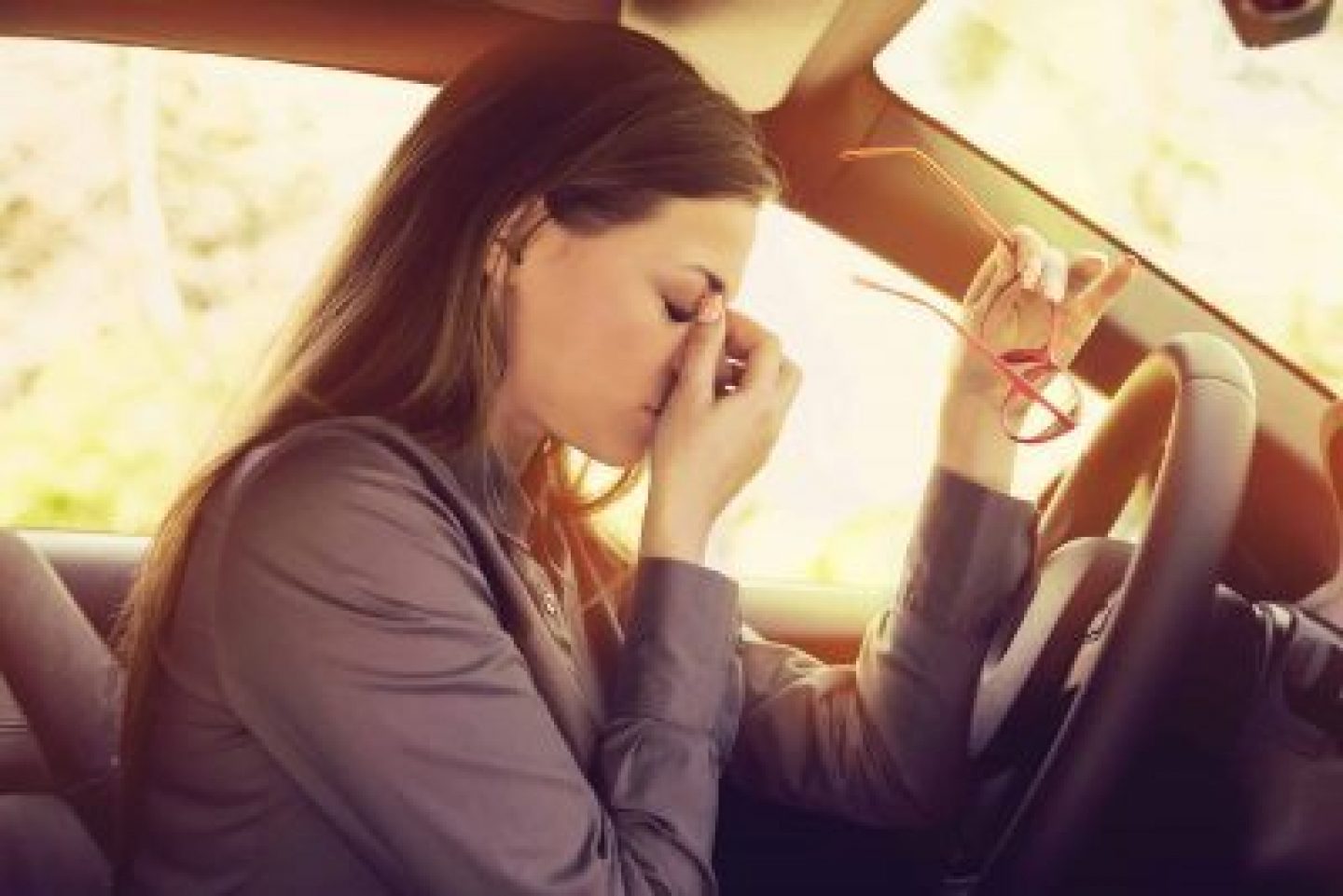In this fact page we will cover:
- the effects of drugs, both illegal and medicinal, on driving
- the drug-driving laws in the UK
- the penalties for drug-driving in the UK
The effects of drugs on driving
There is no one way that drugs, either illegal or medicinal, affect the body. The exact effect they will have will depend on the type of substance. This can include impairment of awareness, judgment and reaction times, putting the user and other
road users in danger.
- Cannabis slows reactions, affects concentration. It often gives a sedative-like effect, resulting in fatigue, and affects co-ordination. Research using driver simulators has found cannabis makes drivers less able to steer accurately and slower to react to another vehicle pulling out.
- MDMA (ecstasy) makes the heart beat faster, which can cause a surge of adrenaline and result in a driver feeling over-confident and taking risks. Short-term risks can also include anxiety, panic attacks, confused episodes, paranoia or even psychosis, all of which can have a negative impact on drivers.
- Cocaine causes over-confidence and can cause erratic behaviour. After a night out using cocaine, people may feel like they have flu, feel sleepy and lack concentration.
Other drugs and their effects:
- Dissociative drugs: Common dissociative drugs are ketamine and PCP. These can cause muscle paralysis; hallucinations; confusion, agitation, panic attacks; and memory impairment.
- Hallucinogens: Common hallucinogens include LSD (Acid) and magic mushrooms (psilocybin). Can speed up or slow down time and movement, making the speed of other vehicles difficult to judge. Causes colours, sounds and objects to appear distorted. They can cause disorientation, confusion, panic, fatigue and nausea.
- Amphetamines and methamphetamines: This includes speed (and more powerful versions including ice/crystal meth). These drugs make people feel wide awake and excited, causing erratic behaviour and risk-taking; and can make people panicky. Users have difficulty sleeping, so will also be tired for days.
- Opiates: This includes heroin and opium. They have a sedative affect, slowing reaction times, causing inappropriate responses, reduced coordination and reduced ability to think clearly. They cause blurred vision and drowsiness, nausea and vomiting.
Medicinal drugs
Many prescription and over-the-counter medications impair ability to drive safely, for instance causing drowsiness, affecting reaction times, coordination, concentration or vision.
Warnings on medication can be vague or in small print only. They may indicate there is a risk of impairment but not relate it to driving. They may leave it to the user to judge their own level of impairment (which can be hard).
In some countries, warning labels are required to be more obvious and give clearer advice on driving. For example, in Australia medications are legally required to display a visible warning label if a driver can be affected.
Drug driving facts
The laws on drug driving in the UK
In the UK, it is an offence to drive impaired by drugs. In England, Wales and Scotland, it is also an offence to drive with certain controlled drugs in your system. These basically comprise the most commonly taken illicit drugs. It is also illegal in England, Wales and Scotland to drive with certain prescription medicines in your system.
Think! campaign drug-driving law video
Illegal drugs
There is an effective zero-tolerance approach to eight drugs that are most associated with illegal use - although limits are set at a level where any claims of accidental exposure can be ruled out.
- cannabis
- cocaine
- heroin
- ketamine
- LSD
- MDMA
- meth
- speed
Medicinal drugs
It is also an offence to drive if you have over the specified limits of nine medicinal, or prescription drugs, in your blood and you have not been prescribed them.
- amphetamine, e.g. dexamphetamine or selegiline
- clonazepam
- diazepam
- flunitrazepam
- lorazepam
- methadone
- morphine or opiate and opioid-based drugs, e.g. codeine, tramadol or fentanyl
- oxazepam
- temazepam
How the police enforce the drug-driving law
If the police believe a driver to be on drugs, they can stop them and carry out what is known as a 'field-impairment assessment" - tests, such as asking you to walk in a
straight line - or they can screen for
cannabis and cocaine using a roadside drug testing kit.
If the police think you’re unfit to drive, you will
be arrested and will be taken to a police
station to conduct a blood or urine test.
Drug driving, the law
www.gov.ukThe penalties for drug driving in the UK
Drivers caught and convicted of drug-driving can receive a minimum 12-month driving ban; a criminal record; an unlimited fine; up to 6 months in prison. Drivers will also have an endorsement on their licence which will last for 11 years.
The maximum penalty for causing death by dangerous driving under the influence of drugs is life imprisonment.
A drug-drive conviction can also make it harder to gain employment, increases car insurance costs and causes difficulty when gaining a visa to travel abroad to certain countries, for example the USA.
This page was reviewed in February 2024.
